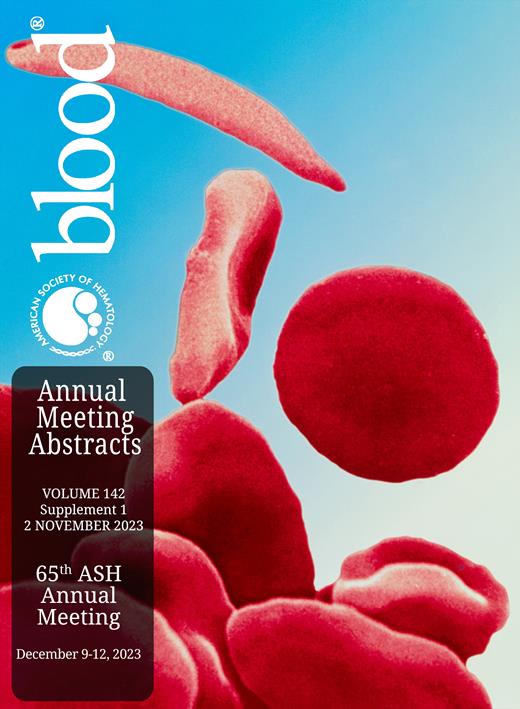Introduction: Vaso-occlusive episodes (VOEs) contribute to significant morbidity and mortality in patients with sickle cell disease (SCD) and require timely treatment. Prompt intravenous fluids (IVF) and analgesics are key mainstays of care that may influence outcomes such as the increased disease burden from VOE-associated tissue infarction and the development of chronic pain. VOEs often lead to uncontrolled pain, requiring frequent ED (emergency department) visits and hospitalizations. Timely acute care management is crucial for curbing the significant polymerization of hemoglobin (Hgb) S and dehydration, which increases sickling of Hgb and can precipitate VOEs. In this study, we investigate the relationship between variables such as time to first IVF and IV pain medications in the ED for adult and pediatric patients with SCD presenting with VOEs and rates of admission.
Methods: A retrospective study was conducted to analyze outcomes of adult and pediatric patients with SCD at Loma Linda University Medical Center ED and Children's Hospital ED. Patients with HgbSS, HgbSC, and HgbS/beta-thalassemia genotypes with at least two encounters at our institution for VOEs were included. Endpoints collected were time to first IVF in the ED, time to first IV pain medication, and rate of admission. Two-sample Wilcoxon rank-sum (Mann-Whitney) test was utilized to compare time to first IVF or pain medication in adult vs pediatric patients and the rates of admission. In these models, age, gender, and genotype were adjusted for.
Results: 110 patients, 56 adult and 54 pediatric, with a total of 298 patient encounters were analyzed. In the adult population, 55% were male and 45% were female, with a median age of 30. In the pediatric population, 56% were male and 44% were female, with a median age of 10. Of the patients, 47 adult and 43 pediatric patients had severe genotypes (HgbSS or HgbS/beta-thalassemia). Compared to the adult population, the pediatric group had lower odds of receiving IVF and IV pain medications in < 90 minutes (min) of presentation to the ED (odds ratio (OR): 0.13, p=0.01 & OR: 0.114, p=0.02, respectively), controlling for age, gender, and genotype. There was no significant difference in the median time to first IVF or IV pain medication in adults compared to pediatric patients (p=0.22 and p=0.42, respectively) (Table 1). When comparing adult and pediatric patients who received IVF and IV pain medications in < 90 min vs ≥ 90 min, the rates of admission were lower in the < 90 min groups (rates of admission by time to IVF: 56.9% for ≥ 90 min vs 51.8% for < 90 min in adults & 62.4% for ≥ 90 min vs. 50.1% for < 90 min in pediatric patients; rates of admission by time to IV pain medications: 60.9% for ≥ 90 min vs 12.5% for < 90 min in adults & 60.8% for ≥ 90 min vs 50.5% for < 90 min in pediatric patients) (Table 2).
Conclusion: Overall, shorter time to IVF and IV pain medications in the ED led to decreased rates of admission for both adult and pediatric patients, regardless of age, gender, or genotype. Despite higher odds of adults receiving IVF and IV pain medications in < 90 min compared to pediatric patients, there was no difference in median time to IVF or IV pain medications. Thus, developing protocols to decrease the time to IVF and pain medications in the adult and pediatric ED setting may subsequently lead to improved outcomes for patients with SCD. The study calls for larger studies to further elucidate the significance of time to initial IVF and IV pain medications in the acute management of VOEs.
Disclosures
No relevant conflicts of interest to declare.


